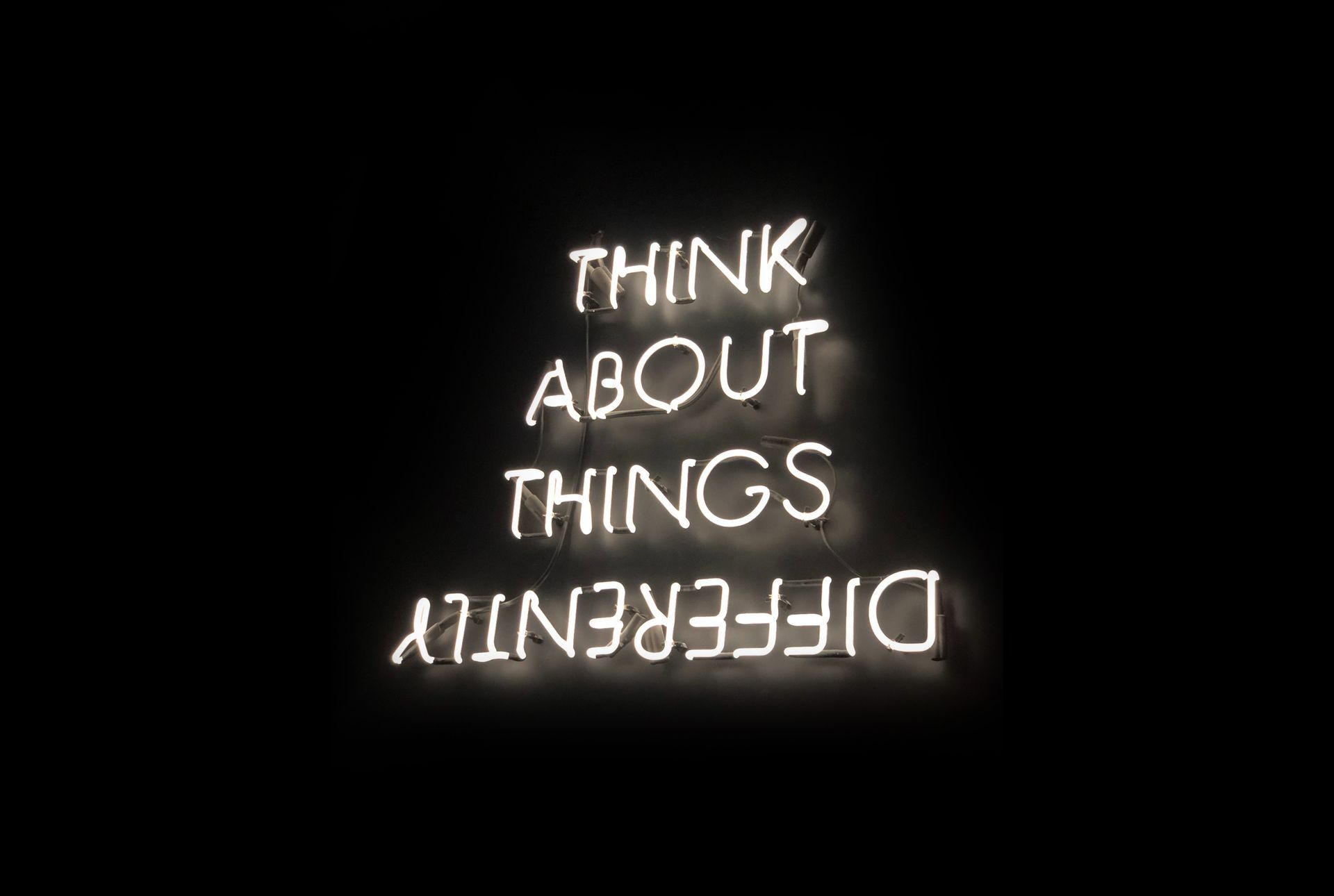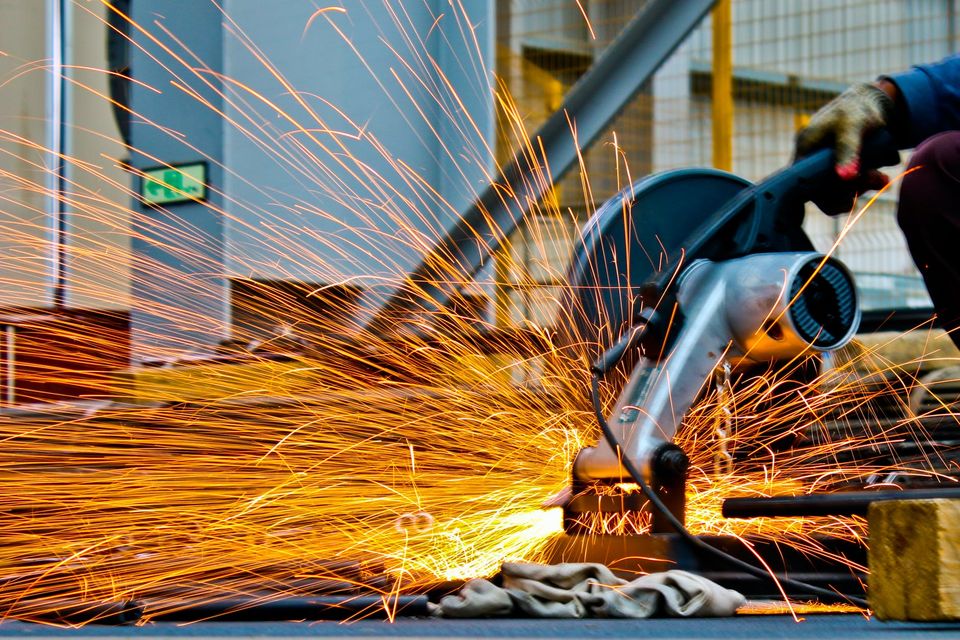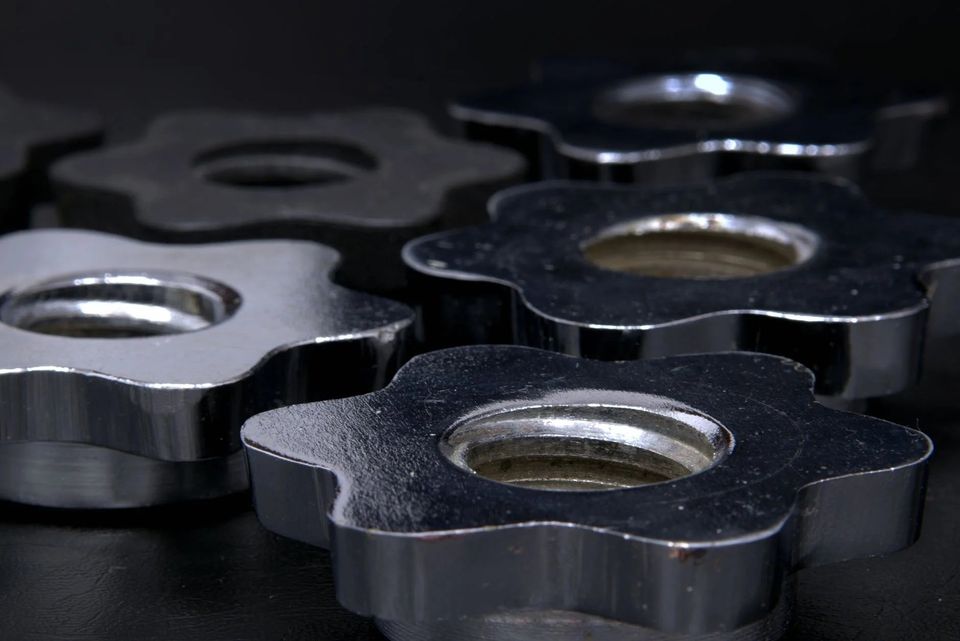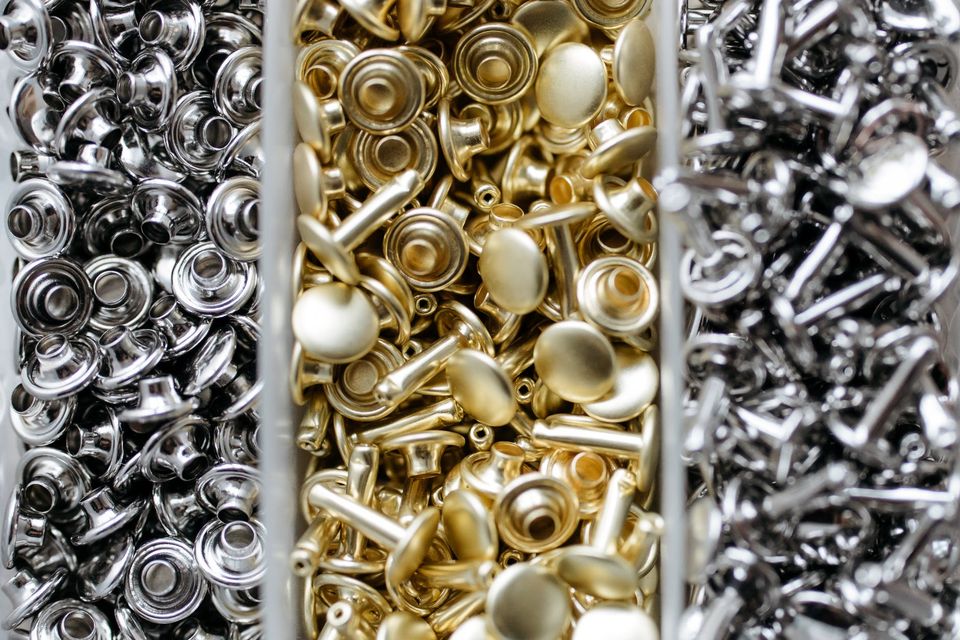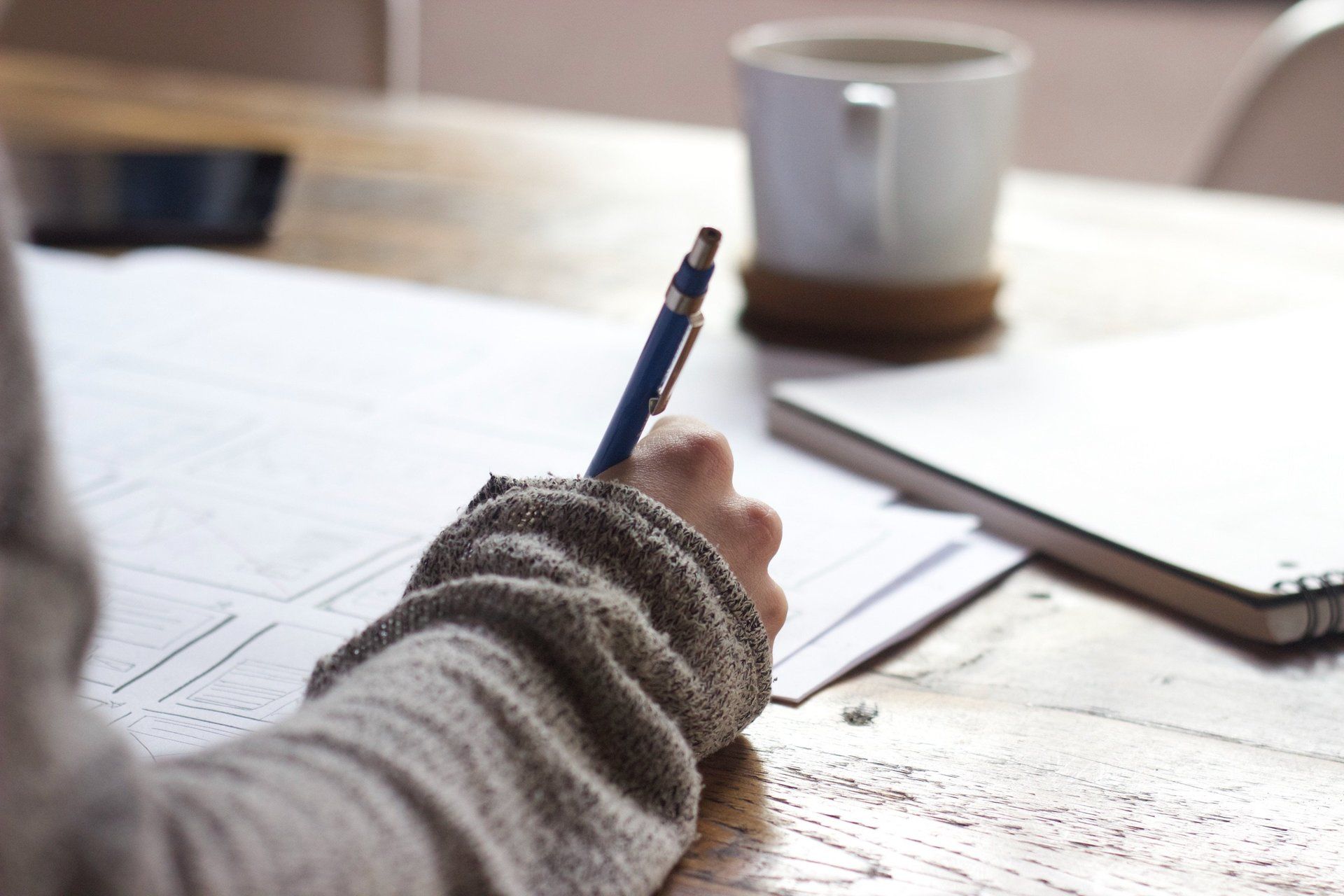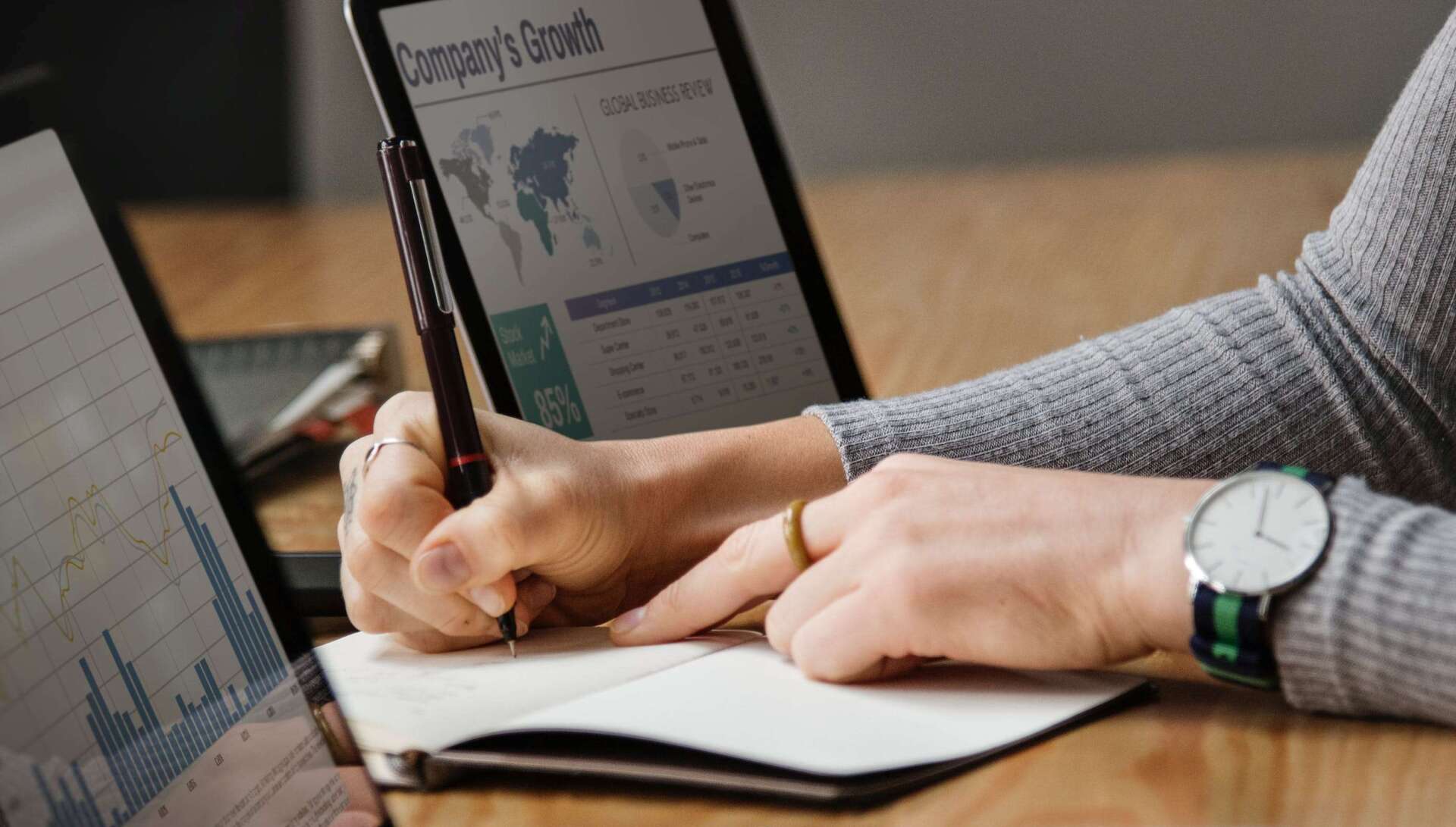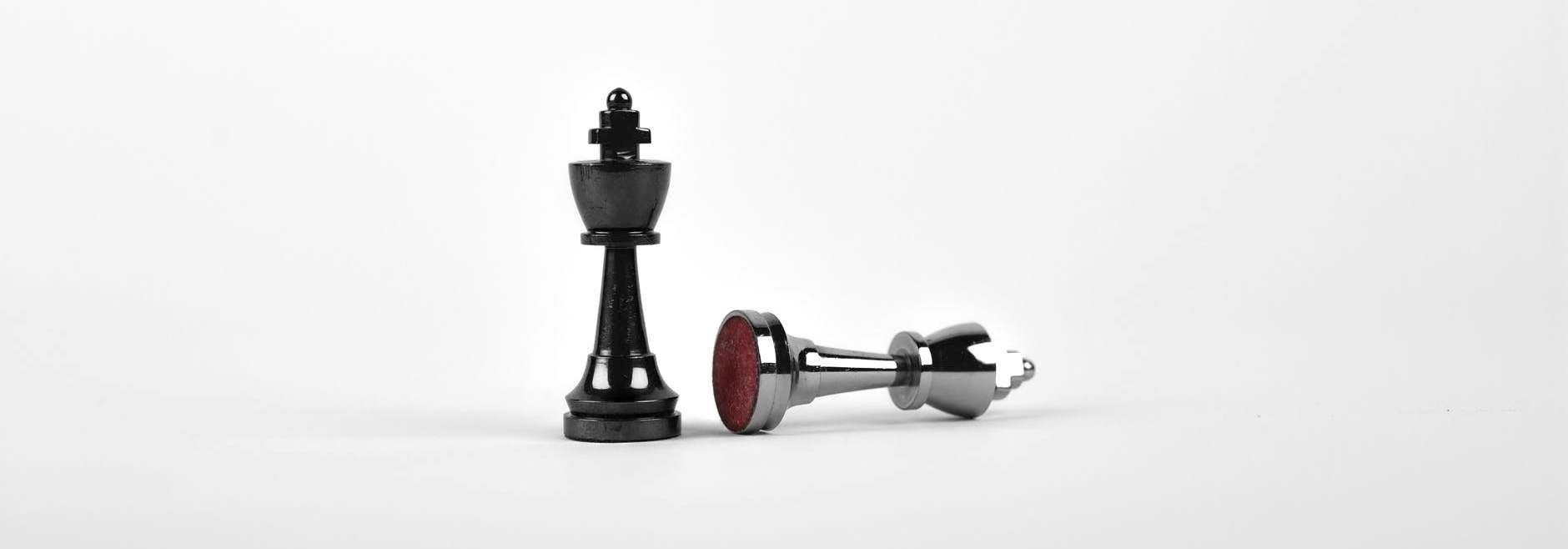Improve your next generation product for sustainability
Founders are often looking for ways to redesign their first product in order to improve the value they bring to the marketplace.
Based on real life consumer feedback on the first product, they know what can be upgraded in terms of functionality. It is easy to overlook the opportunity to improve the product from a sustainability standpoint as well.

Improving your product from a sustainable point of view can result in not only decreasing your impact on the environment, but sometimes also in more cost-effective production. Even if it would not be a priority for you personally, end users are becoming increasingly environmentally aware and sustainability drives purchasing decisions. It's a win-win for you, your brand, your end users, and a more sustainable future. Are you ready to seize the opportunity?
If you'd like to upgrade your product from a sustainable point of view, the most profound and scientifically robust way is to start with a full life-cycle assessment (LCA) of your product. It would involve analyzing the life of the product from raw material extraction through manufacturing, distribution, use, up to disposal and possibly recycling. The assessment quantifies environmental impacts associated with each phase in the life of your product. It is a time consuming task to do this thoroughly, but it would give you insights in what phases of your product are most impactful. Based on the results, you can make a well considered decision where to focus your efforts for improvement.
However, if you don't have the time or resources for an LCA, you can still make changes to the product that can make a positive change or at least reduce the current environmental impact of your product.
When you're redesigning your original product, you could ask yourself the following questions. The answers can give you ways to upgrade your product from a sustainability perspective.
1. Is it possible to reduce the amount of material that is used?
If you are able to reduce the weight of your product, it can make a difference. Suppose you're able to reduce 1% of the weight of the materials that are needed by adjusting the design. For creating 100 products, you now only need the material that was first needed to create 99 products, resulting in lower material costs per product. A lower weight can also result in lower transportation costs.
2. Is it possible to reduce the amount of parts that make up your product?
If you take a critical look at your product, you might discover parts that can be cleverly combined into one. Maybe your end user feedback pointed out that specific parts are not needed and you can exclude them. If you offer an accessory that enhances the functionality of your product, maybe it can be combined with your main product into one.
3. Can you reduce the amount of types of materials?
If you're using many different types of materials in one product, they all have to come from different sources to be combined into one. Decreasing the amount of materials can make it easier to separate materials for recycling. Also, when you or your supplier is buying one material in larger qualities, chances are you'll get a better deal.
4. In case you're selling an electronic device, can you upgrade the electronic parts to more energy efficient ones?
It might be less obvious, but for some devices the use phase has a higher environmental impact than extracting raw materials and forming the parts of the product. Suppose you're upgrading from a less efficient to a more efficient technology. You've now reduced the impact during the use phase. However, the upgraded technology is likely made by using different materials and processes. If your goal is to create a more sustainable product, these factors should be taken into account. This scenario is an example of how complicated it can become to find the most environmentally friendly solution. It is a situation where a comparative LCA would make sense in which you compare your product with your current technology to your product with upgraded technology.
You could ask the same four questions about your packaging. The last question would not be applicable to the majority of cases, but with the emergence of embedded electronics in smart packagings, it might as well apply to your packaging.
